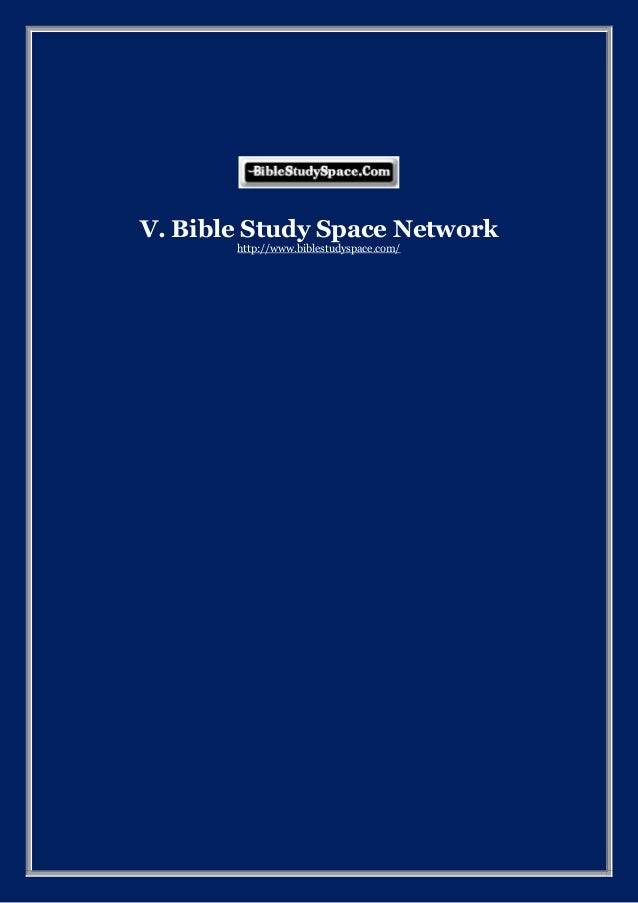
Schlachter 2000 Bible Pdf
|
Bible Reading and Bible Study with the Olive Tree Bible App from Olive Tree Bible Software on your iPhone, iPad, Android, Mac, Windows, and Kindle Fire Schlachter 2000, a German Bible translation, is available for your handheld device.
No endorsement of M. Luther's soteriology.
**List: German Ministry Bible ( Bibel )
'Die Septemberbibel. Das Neue Testament, (Berlin, G. Grote, 1883)' Luther Bibel 1545 (LUTH1545) German Luther's Bible (1545)
**File: German Critical Text History **File: German: Low Bible History
'Die Bibel; oder, Die ganze Heilige Schrift des Alten und Neuen Testaments, nach der deutschen übersetzung D. Martin Luthers. Durchgesehene ausg., mit dem von der Deutschen evangelischen kirchenkonferenz genehmigten text. (Berlin, Britische und ausländische bibelgesellschaft, 1912)'
Schlachter 1951 (SCH1951) Schlachter 2000 (SCH2000) |